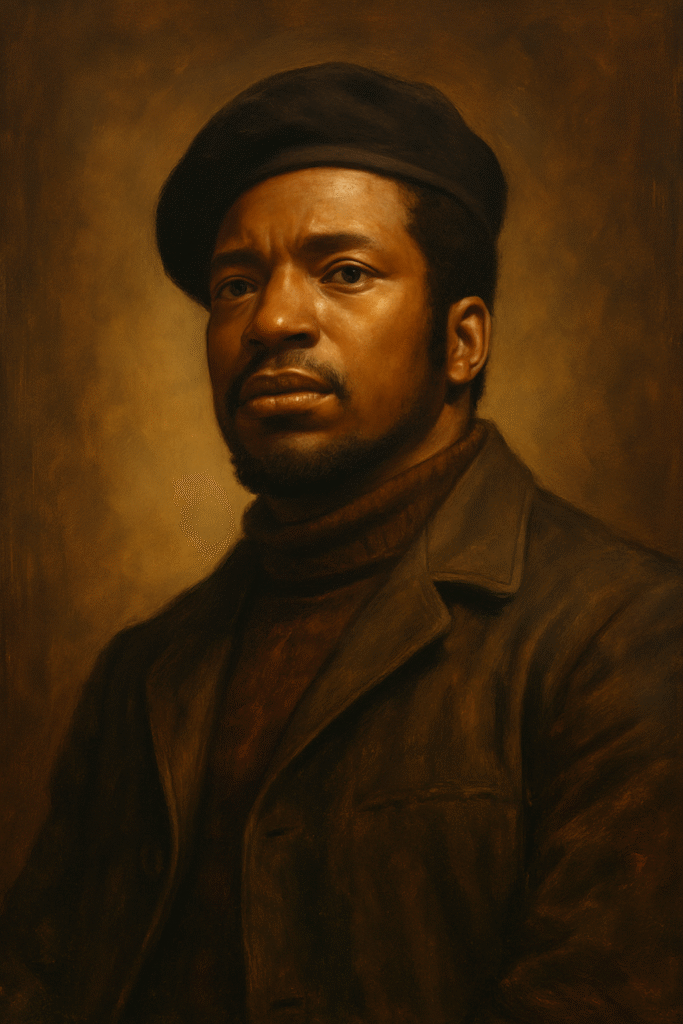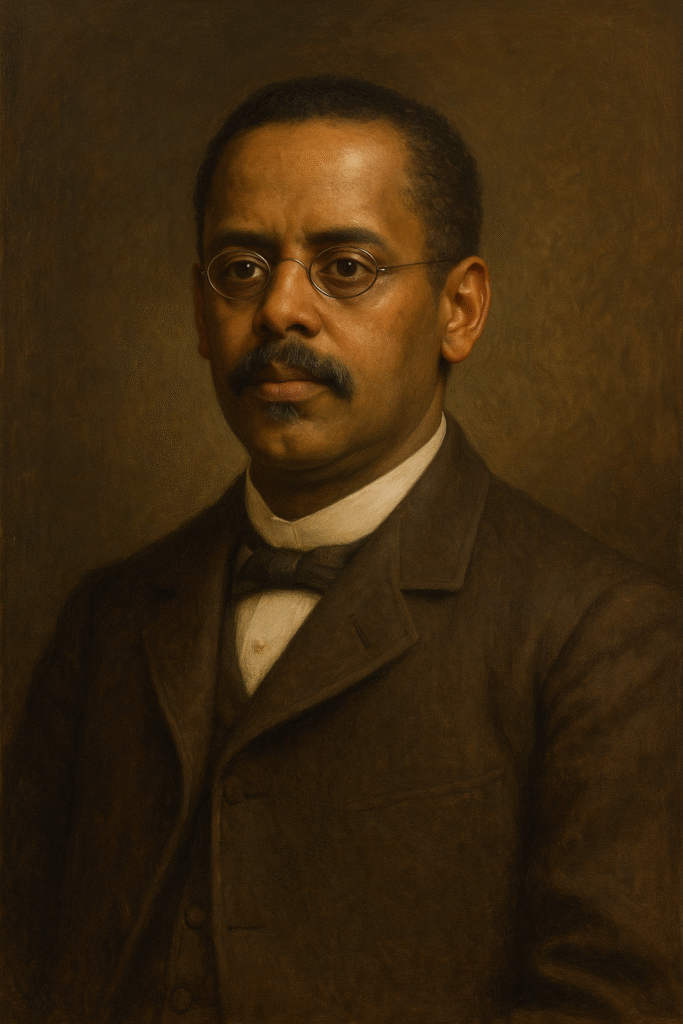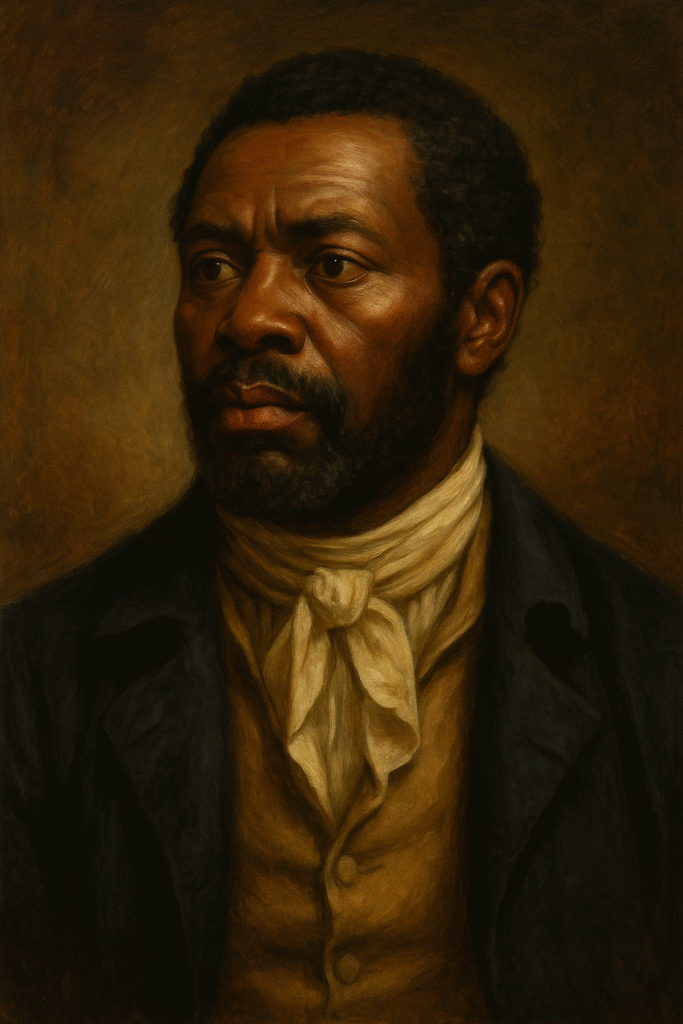Early Life and Education
George Washington Carver was born into slavery in the early 1860s in Diamond, Missouri. His enslaved mother, Mary, was owned by the Parker family, who also had a son named Moses. After the Civil War, a series of events brought about significant changes in Carver’s life. He was freed, but his mother was kidnapped by raiders, prompting young George to live with Moses and his family. This period was the foundation of his identity, a time that forged his resilience and relentless pursuit of knowledge.
Despite the overwhelming obstacles as a Black child in the United States during this era, Carver exhibited a profound curiosity about the natural world. His fascination with plants and farming was profoundly influenced by the Brer Rabbit folklore, which imbued him with a deep respect for nature’s processes. These stories often depicted clever animals who used their surroundings to survive, thus instilling in him the notion that ingenuity could lead to solving problems. This formative connection between folklore and his passion for agriculture would remain a cornerstone of his intellectual pursuits throughout his life.
George’s quest for education was arduous. In pursuit of learning, he walked several miles to attend a school for Black children in Neosho, where he faced discrimination and limited resources. However, Carver’s determination and commitment to education were unwavering. In his late teens, he earned a high school diploma and subsequent admission to Simpson College in Iowa, where he was initially one of the few Black students enrolled. His significant overcoming of adversity was a testament to his character; it embodied the spirit of perseverance that would define his later work in agricultural sciences.
This early life, marked by hardship, shaped Carver into an innovative thinker. His experiences laid the groundwork for advocating agricultural innovation, particularly for impoverished farmers in the American South. Carver would go on to revolutionize cotton farming and promote sustainable agriculture, reflecting the profound impact of his early experiences on his future endeavors.
Innovations in Agriculture
George Washington Carver stands out as a revolutionary figure in agriculture, particularly for his innovative contributions that profoundly impacted farming practices in the early 20th century. One of Carver’s most notable advancements was his promotion of crop rotation, a practice that had significant implications for soil health and productivity. By encouraging farmers to alternate crops—specifically integrating legumes such as peanuts and sweet potatoes—Carver addressed the soil depletion caused by monoculture, which had been rampant due to the reliance on cotton farming. This rotation not only rejuvenated the soil but also introduced farmers to diverse crops that could be cultivated, leveraging the natural nitrogen-fixing properties of legumes to enhance soil fertility.
Furthermore, Carver’s advocacy for alternative crops opened new economic avenues for many farmers, particularly in the impoverished regions of the Southern United States. He championed crops like peanuts and sweet potatoes, which could thrive in poor soils and provided excellent nutritional benefits. Carver’s inventions and methodologies facilitated the creation of numerous products derived from these crops, including peanut butter, flour, and various household goods. This diversification in agriculture helped farmers to not only sustain their livelihoods but also improve their economic status by exploring new markets.
Additionally, Carver’s inventive spirit led him to develop a suite of sustainable farming methods aimed at improving crop yield while conserving the environment. By introducing practices such as composting and organic farming, he emphasized self-sufficiency and reduced reliance on chemical fertilizers. His commitment to education ensured that many farmers were equipped with the knowledge needed to implement these innovative techniques, thus reinforcing his belief in the power of agricultural innovation as a means to uplift impoverished communities.
Inventions and Discoveries
George Washington Carver is esteemed not only for his contributions to agriculture but also for his remarkable array of inventions and discoveries that extend well beyond traditional farming techniques. His innovative work with peanuts, sweet potatoes, and other crops has led to a multitude of products that have transformed both agricultural practices and industrial applications. Carver’s extensive research resulted in the creation of over 300 derivatives from peanuts alone, including soaps, plastics, and dyes, each demonstrating the versatility and potential of this seemingly simple legume.
One notable example is Carver’s development of a variety of peanut-based dyes. His exploration into natural colorants not only provided sustainable alternatives to synthetic dyes but also highlighted the importance of utilizing plant byproducts in novel ways. In addition to his efforts with peanuts, his work with sweet potatoes has yielded over 100 products, showcasing his relentless pursuit of innovation. Products such as flour, vinegar, and even athletic shoes made from the sweet potato have emerged from his creativity and experimental methodologies.
Carver was a proponent of practical science, advocating for the idea that experimentation and innovation should be accessible to all. By encouraging farmers, scientists, and entrepreneurs to think creatively about agricultural byproducts, he fostered a culture of ingenuity that emphasized the potential of local resources. His methods often included hands-on experimentation and collaboration, which proved effective in disseminating knowledge and encouraging communal progress. The philosophical underpinnings of his work reflected a deep understanding of the interconnectedness of ecological systems, economic stability, and technological advancement, making him a pioneer in sustainable practices.
Ultimately, George Washington Carver’s findings and inventions significantly impacted the economy and industry, laying the groundwork for future technologies that utilize agricultural byproducts. His legacy highlights the importance of innovation in addressing societal needs and environmental challenges, which remains relevant today.
Legacy and Influence
George Washington Carver stands as a pivotal figure in the realms of agriculture, education, and environmental sustainability, leaving an enduring legacy that continues to resonate today. His innovative agricultural practices, rooted in the philosophy of sustainability and ecological balance, transformed traditional farming methods during a time when soil depletion posed a significant threat to crops. Carver’s emphasis on crop rotation and the significance of legumes, such as peanuts and soybeans, not only improved soil health but also diversified farmers’ incomes, demonstrating a profound understanding of agricultural ecology.
Beyond agriculture, Carver was a dedicated educator, passionately advocating for practical agricultural education. He believed that empowering farmers with knowledge was vital for economic advancement within African American communities. His establishment of outreach programs and agricultural schools facilitated the dissemination of information, enabling thousands to adopt sustainable practices. Such efforts are regarded as foundational in the development of agricultural extension services that we recognize today.
Carver’s influence extends into the scientific community as well; he inspired generations of scientists and farmers who have continued to build upon his groundbreaking work. His commitment to research and innovation not only contributed to the scientific understanding of crops but also made strides in environmental sustainability. His principles of harmony with nature remain relevant in contemporary discussions regarding sustainable farming practices.
Throughout his life, Carver received myriad honors reflecting his societal impact, including institutions named in his memory, which perpetuate his legacy. As modern agriculture grapples with challenges—such as climate change and food security—Carver’s insights serve as a guiding beacon, illustrating the importance of innovative yet sustainable practices. Today, his legacy is not just a historical footnote but a continuing influence on the future of sustainable agriculture and education.












2 Responses
I always find myself nodding along and agreeing with your wise words Your insights and advice are truly valuable
Thank you so much!